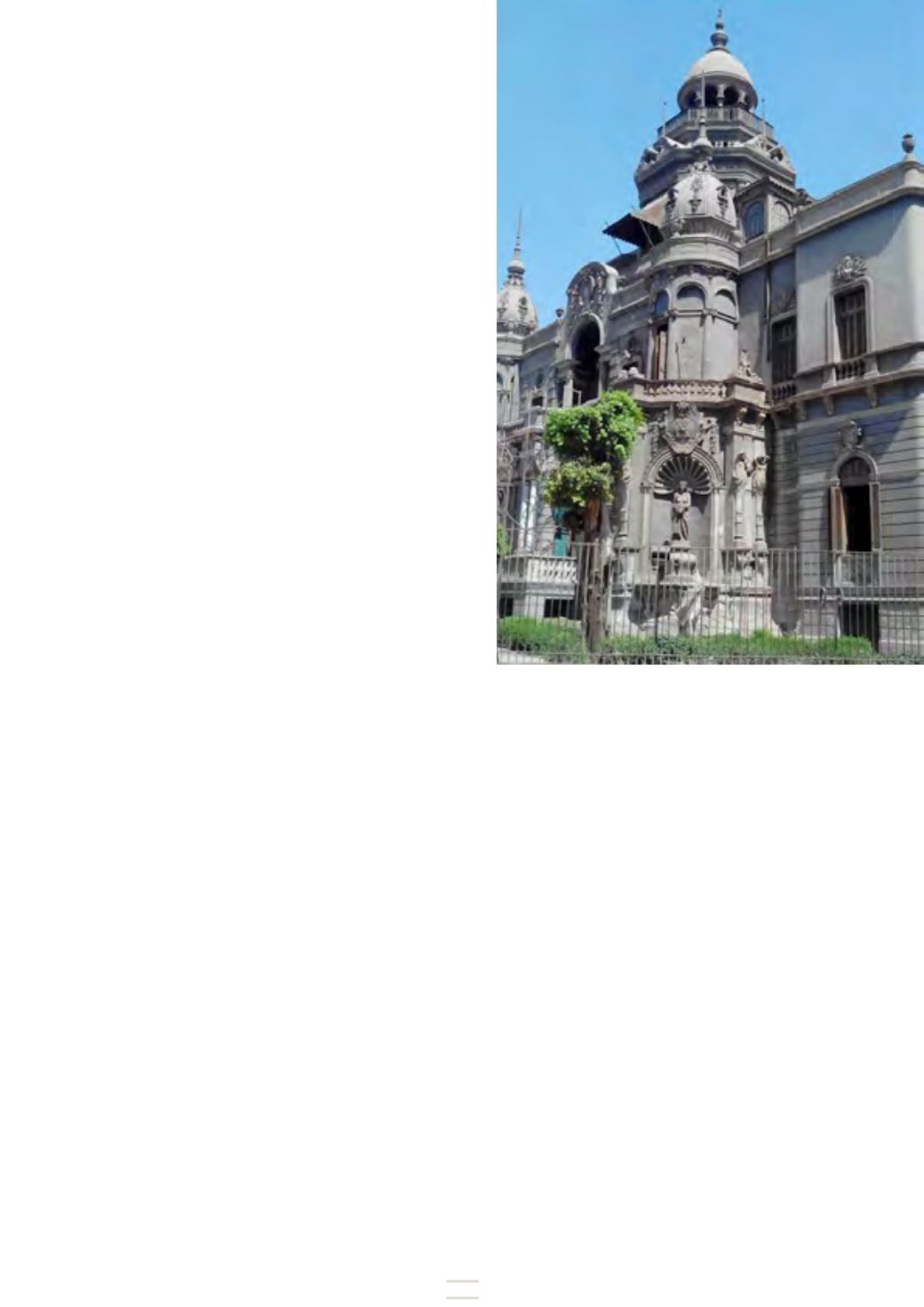

90
for safe-keeping. Abandoning the palace and neglecting
it as an attempt to sell it for one of the landlords at a very
low cost in the 80s was one of the major factors that
led the palace to lose many of its architectural features,
nevertheless, this ownership conflicts have ended after
a media campaign that was launched by architects, en-
thusiasts and members of the civil community to draw
the attention of the authorities in the Supreme Council
of Antiquities at that time to take an action and stop this
vandalism towards the pa–lace. In 1987, ministerial de-
cree number 1691 listed the palace on Egypt’s Heritage
List of Islamic and Coptic Monuments, putting it under
the care of the Supreme Council of Antiquities. However
this declaration of the palace as a monument, had not
change the poor situation the palace has been suffering
from, because no clear conservation plans nor manage-
ment projects to rehabilitate the palace was ever made
with full responsibility to the importance of this building
both from the aesthetic and architecture values as well
as the evidential value embodied in this palace. While the
palace is being closed to visitors from the general public,
it is being occasionally rented to some of the video and
filmmakers who irresponsibly leave it in a worse condition
than it has already been before their misuse. Currently,
the palace is fenced, to keep the locals away, and it func-
tion as an administrational office for the Ministry of State
of Antiquities’ inspectors. There is neither any signage in
front of the palace that identifies it, nor a labeled banner
that provides even a little historic information about the
Palace, except for an indication on a broken panel catego-
rizing this building under the authority of the MSA-eastern region.
The absence of regular conservation for this legacy was the main reason for allowing time to take its toll on
it, leaving it with dull and dusty appearance. Indeed, It is a pity, how hard it is for so many of the pedestrians
walking near the Palace to notice its beauty, moreover, there are no proper lightening installed that would have
put the Palace on the spot, and visually attracts any cultural tourists.
Suggestions for improving the management and conservation of Al Sakakini’s Palace
“The aim of conservation is to safeguard the quality and values of the resource, protect its material substance and
ensure its integrity for future generations.” (Feilden and others, 1998:15)
Recently, few scholars have started publishing papers that analyze the geological characteristics and the infra-
structure of Al Sakakini’s palace as an individual attempt to establish a reliable documentation and a compre-
hensive understanding of the palace’s current conditions and to help implementing any future conservation
plans. For instance, the analysis on the Geotechnical Characterization stones and other constructionmaterials
by Sayed Hemeda published in January 2013 in the Scientific Research Journal, in addition to other initiatives
for producing a documentary tackling the history of the Palace, e.g. The Sakakini Palace documentary Pro-
duced by Archinos Architecture, Misr Consult and Filmedia Egypt in 2010. And according to Al-Ahram Weekly
in October 2013, the Ministry of State of Antiquities is planning to convert the palace to a museum of medicine
once again.
Freezing sites with heritage significance in the shrine of “monument” or “historic building” has its implications
on excluding the key role that this heritage could play if it was integrated in the everyday life of the local com-
munities living in the surrounding area where this heritage building is located. Inaugurating of a museum that
shows the excel of medicine studies that took place in Egypt over ages will not make any sense in a neighbor-
hood where most of the residents are struggling to reach an affordable health treatments which the govern-
ment should supply for them in the first place. The managing plans for restoring and conserving heritage sites,
Sakakini Palace / Wikimedia Commons / ph
ملاس ردان


















